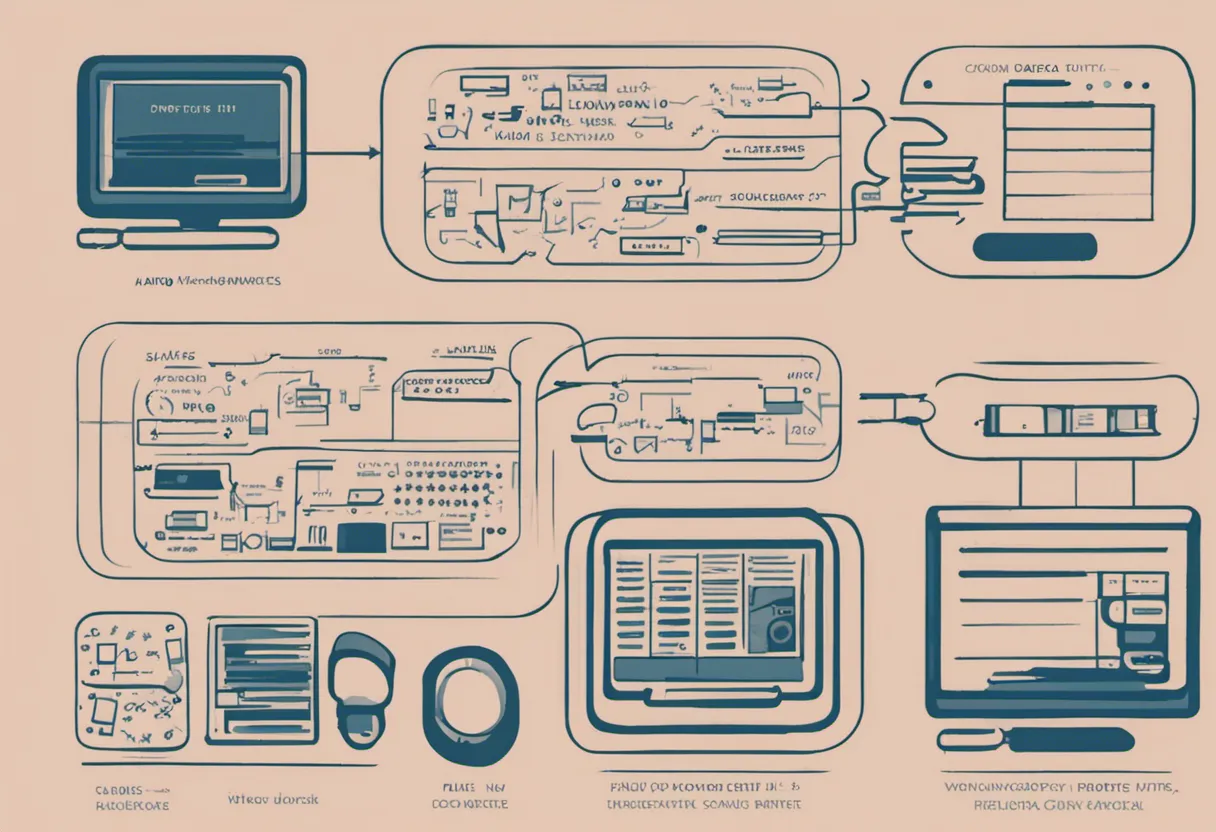Unveiling Vue Components: Building Dynamic Web Applications with Modular Reusability
ekwoster.dev

Unveiling Vue Components: Building Dynamic Web Applications with Modular Reusability
In the realm of front-end web development, creating dynamic and interactive user interfaces is paramount. This is where the concept of Vue components emerges as a foundational building block. In this comprehensive article, we will delve into the fundamentals of Vue components, exploring their significance, structure, benefits, and how they contribute to the development of modular and reusable Vue applications.
Understanding Vue Components
Vue components are the building blocks of Vue.js applications. They are self-contained, reusable units that encapsulate a specific piece of functionality or UI element. Vue components allow developers to modularize their applications, making it easier to manage and maintain complex interfaces.
The Significance of Vue Components
In the world of modern web development, complexity is inevitable. As web applications grow in size and features, maintaining clean and organized code becomes increasingly challenging. Vue components address this challenge by promoting a modular approach, where different parts of an application are encapsulated into distinct components.
The Structure of Vue Components
A Vue component consists of three main sections:
Template: The template defines the structure and content of the component. It utilizes HTML syntax along with Vue-specific directives to bind data and render dynamic content.
Script: The script section contains the JavaScript logic for the component. This is where data, methods, computed properties, and lifecycle hooks are defined.
Style: The style section holds the component's CSS styles. Vue supports various styles, including traditional CSS, scoped styles, and even pre-processors like Sass or Less.
Benefits of Vue Components
Modular Reusability
Vue components promote the principle of "Don't Repeat Yourself" (DRY). Once a component is created, it can be reused across different parts of the application, reducing redundancy and improving code maintainability.
Enhanced Collaboration
With Vue components, developers can work on different parts of an application independently. This modular approach fosters collaboration, as each developer can focus on their assigned component without impacting others.
Improved Readability
Breaking down a complex UI into smaller components enhances code readability. Each component encapsulates a specific functionality, making it easier to understand and troubleshoot.
Scalability
As applications grow, maintaining a single monolithic codebase becomes challenging. Vue components allow developers to scale the application by adding or modifying components without affecting the entire codebase.
Creating Vue Components
Single File Components
Vue supports a file-based structure known as Single File Components (SFC). An SFC combines the template, script, and style sections of a component into a single file. This approach enhances organization and simplifies the import process.
Registering Components
Components need to be registered before they can be used. You can register a component globally or locally within another component. Global registration makes the component available throughout the entire application, while local registration confines it to a specific scope.
Props and Events
Props allow parent components to pass data to child components. This enables communication and data sharing between different components. Events, on the other hand, allow child components to communicate with their parent components by emitting custom events.
Composing with Vue Components
Building a Layout
A common use case for Vue components is building a layout. A layout component can include a navigation bar, sidebar, footer, and main content area. Each of these sections can be encapsulated within separate components, making the layout modular and easy to manage.
Form Handling
Vue components excel in handling forms. Each form field can be represented by a separate component, allowing for encapsulated validation, data binding, and event handling.
Reusable UI Elements
UI elements like buttons, modals, and tooltips can be encapsulated within Vue components. This ensures consistent styling and behavior throughout the application.
Conclusion
In the journey of modern web development, where user interfaces evolve dynamically and user experiences shape digital landscapes, Vue components emerge as a cornerstone of efficiency and reusability. By adopting the modular approach they offer, developers can craft web applications that are not only organized and maintainable but also scalable and collaborative.
As you embark on your exploration of Vue.js and its powerful capabilities, remember that the essence of Vue components lies in their ability to transform complex code into comprehensible and reusable units. Embrace the modular philosophy, and empower your web development endeavors with the magic of Vue components. Whether you're building a simple web page or a sophisticated web application, the art of modularization is your key to creating dynamic and captivating user interfaces.